Andre Masson (1896-1987)
Get a Masson Certificate of Authenticity for your painting or a COA for your Masson drawing or sculpture.
For all your Masson artworks you need a Certificate of Authenticity in order to sell, to insure or to donate for a tax deduction.
How to get a Masson Certificate of Authenticity is easy. Just send us photos and dimensions and tell us what you know about the origin or history of your Masson painting, drawing or sculpture.
If you want to sell your Masson painting, drawing or sculpture use our selling services. We offer Masson selling help, selling advice, private treaty sales and full brokerage.
We have been authenticating Masson and issuing certificates of authenticity since 2002. We are recognized Masson experts and Masson certified appraisers. We issue COAs and appraisals for all Masson artworks.
Our Masson paintings, drawings and sculptures authentications are accepted and respected worldwide.
Each COA is backed by in-depth research and analysis authentication reports.
The Massoncertificates of authenticity we issue are based on solid, reliable and fully referenced art investigations, authentication research, analytical work and forensicstudies.
We are available to examine your Masson painting, drawing or sculpture anywhere in the world.
You will generally receive your certificates of authenticity and authentication report within two weeks. Some complicated cases with difficult to research Masson paintings, drawings or sculpture take longer.
Our clients include Masson collectors, investors, tax authorities, insurance adjusters, appraisers, valuers, auctioneers, Federal agencies and many law firms.
We perform Andre Masson art authentication, appraisal, certificates of authenticity (COA), analysis, research, scientific tests, full art authentications. We will help you sell your Andre Masson or we will sell it for you.
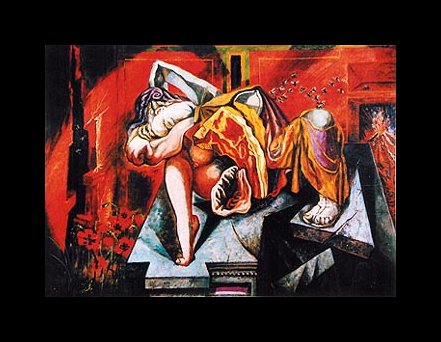
Andre Masson was a French painter and sculptor and was part of the early Surrealist movement in France. He received his artistic training first in Brussels at the Academie Royale des Beaux-Arts, and then in Paris at the Ecole Nationale Superieure des Beaux-Arts. By 1920, Masson had settled in Paris and four years later held his first one-man show at the Kahnweiler Gaerie Simon.
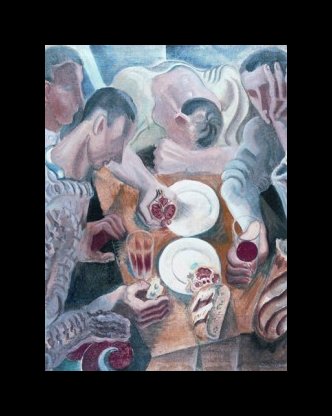
Masson met with fellow Surrealist painter Andre Breton in 1924 and joined the Surrealist group that same year. Like Spanish Surrealist Salvador Dali, Masson experimented with mediums other than paint during this time, such as sand. Also like Dali, his themes often had a dark and violent feel, and were sometimes dreamlike and erotic. Masson would also infuse Cubism into his Surrealist paintings during this time, but would break away from the group in 1928.

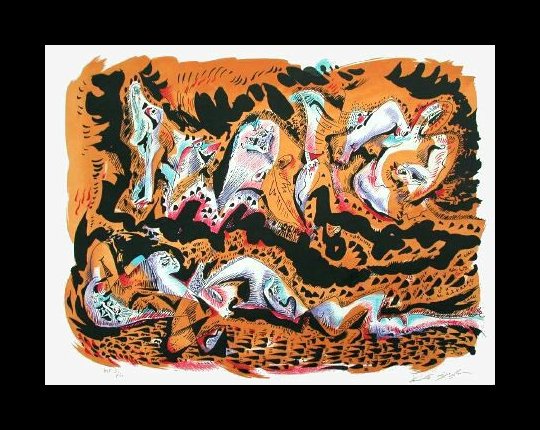
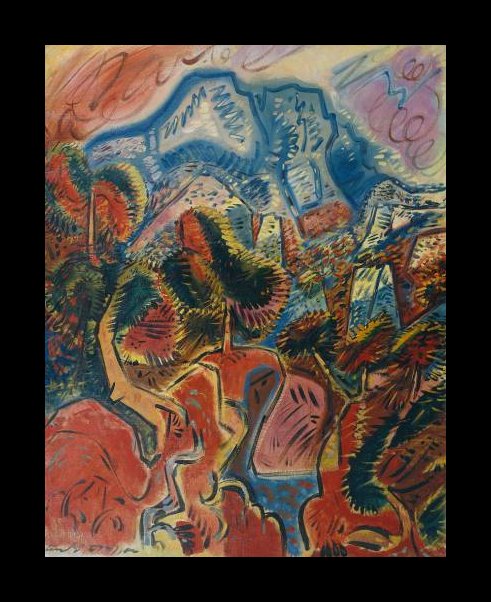
Upon meeting sculptor Alberto Giacometti in 1927, Masson began to experiment with sculpture himself. After departing from Surrealism, his themes remained violent and erotic, but were of a more Expressionist or Abstract nature. Masson moved to Spain in 1934 and lived there for two years, executing landscapes and paintings with Spanish themes, such as scenes from the Spanish Civil War. During the 1930s, he also designed sets and costumes for the ballet, opera and theater.

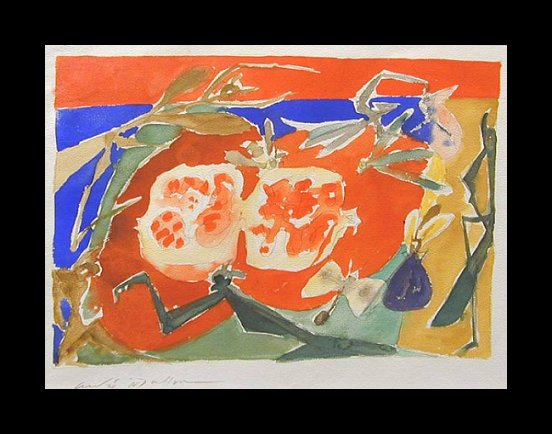
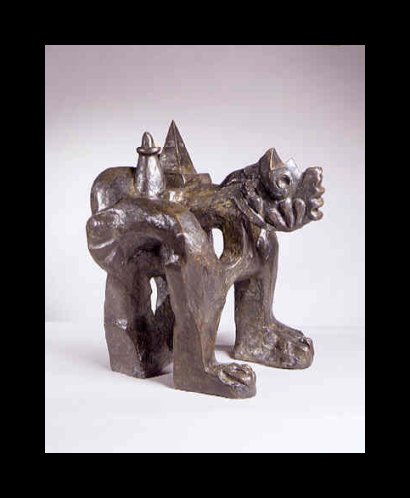
Masson returned to the Surrealist group in 1937 after moving back to Paris. However, World War II briefly stopped his career in 1941 when he was forced to flee to the United States. Like so many other artists, Masson’s work was considered to be degenerate by the Nazis.

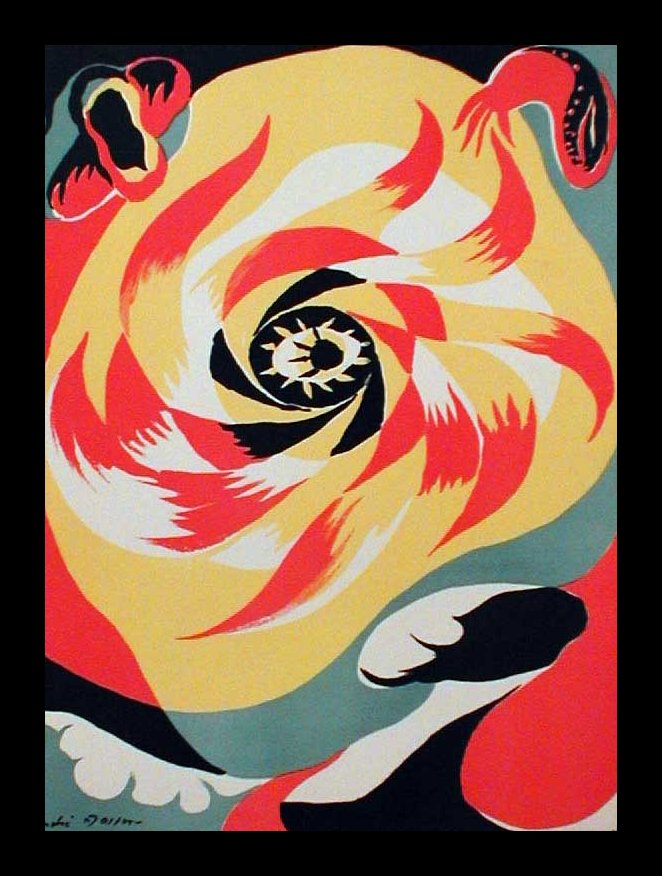
While in the United States, Masson created imagery of the America’s past, much like he did in Spain, focusing on Native American and African American history and myths. During the war, he lived in Connecticut and used his time wisely, continuing to create art and show his work in New York and elsewhere in America. He eventually returned to Paris, but left a mark on American artists and helped to influence early Abstract Expressionists in the United States.
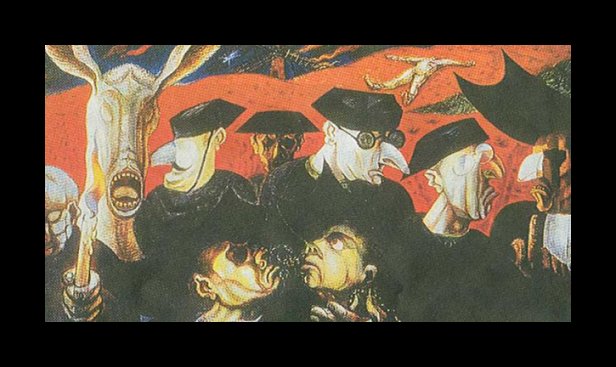
In 1943, Masson officially ended his ties with the Surrealists, and for the rest of his career he painted Abstracts and landscapes, occasionally returning to erotic themes and violent compositions.

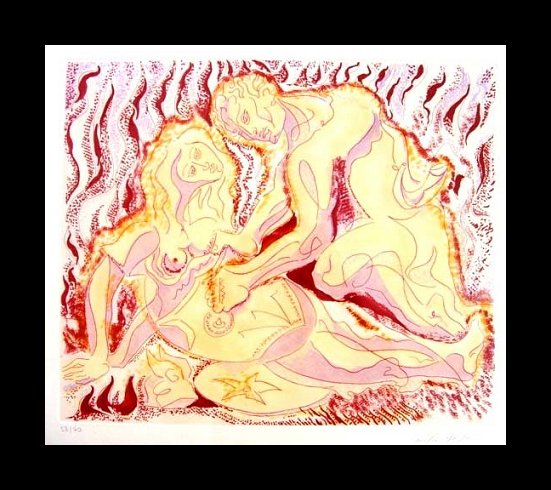
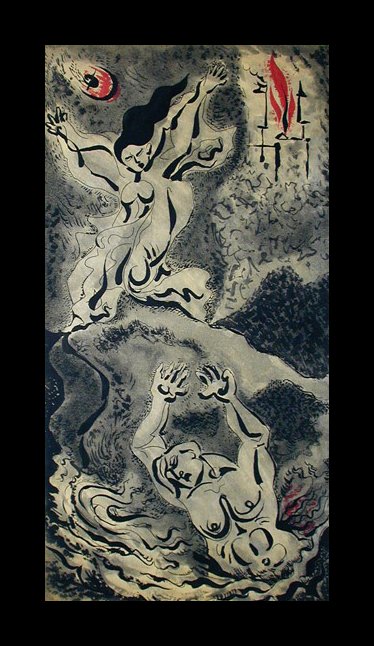
Though Masson is almost always associated with Surrealism, his entire body of work is comprised of a style that is genuinely all his own. True, his most famous pieces are in a Surrealist hand, but a great many of his Abstract or Expressionist pieces are likely to exist outside of public collections, unknown and otherwise unauthenticated. Sadly, upon his entrance into the United States, a number of Masson’s erotic drawings were discovered by customs officials. They were deemed to be pornographic and were destroyed right before his eyes, though scintillating materials such as those may have also been confiscated and could still possibly exist somewhere.

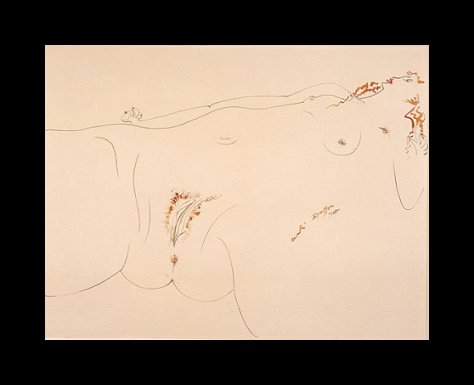
Today, Masson’s work is housed in public and private collections all over the world, including the Museum of Modern Art in New York, and perhaps in your own home. Still wondering about a Surrealist landscape or composition hanging in your home? Contact us… it could be by Andre Masson.

Reviews
1,217 global ratings
5 Star
4 Star
3 Star
2 Star
1 Star
Your evaluation is very important to us. Thank you.
